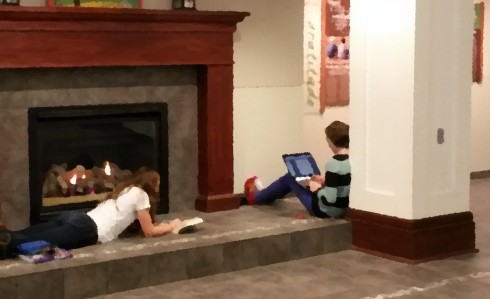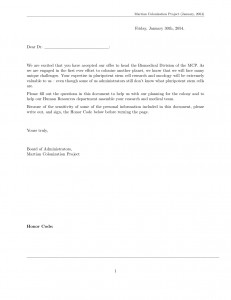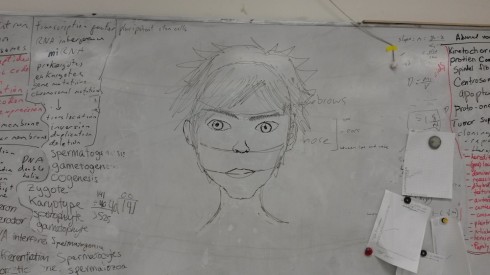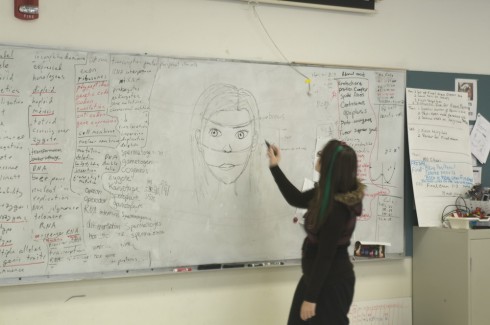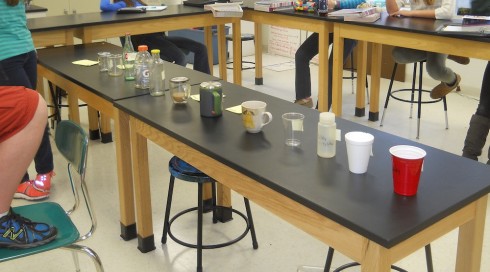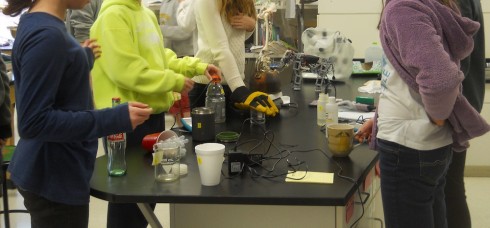Darkness can conceal identity and encourage moral transgressions.
— Zhong et al., 2010: Good Lamps Are the Best Police: Darkness Increases Dishonesty and Self-Interested Behavior in Psychological Science.
My students asked me today if we could turn off the lights during biology class and just use the natural light from outside. I’m usually not opposed, but it was overcast, so it would have been a little dark.
I put it to a vote and we had just one or two students who were against it. My policy in these cases, where we’re changing the working environment, is to respect the wishes of the minority unless there’s a compelling argument about why we should change things.
One student proposed a compelling argument. At least he proposed to try to find a compelling argument.
“If I can find a study that says lower light is better for learning can we do it?” he asked, with his hands hovering over his iPad.
“Sure,” I replied, “But not today. You can do it on your own time.”
We’ll see what he comes up with tomorrow. I, however, ran into this article that describes a study (Zhong et al., 2010) that found that, “participants in a dimly-lit room cheated more often than those in a lighter one,” (Konnikova, 2013).
While both groups performed equally well on a set of math problems, students in the darker room self-reported that they correctly solved, on average, four more problems than the other group—earning $1.85 more as a result, since they were being paid for each correct answer. The authors suggested that the darkness created an “illusory anonymity”: even though you aren’t actually more anonymous in the dark than in the light, you feel as though you are, making you more likely to engage in behaviors you otherwise wouldn’t.
–Konnikova, 2013: Inside the Cheater’s Mind in The New Yorker.
Konnikova’s New Yorker article is worth the read, because it summarizes other factors that encourage cheating as well as things to prevent it. Things that encourage cheating:
- a messy environment,
- if your peers all do it,
- when the people you’re stealing from seem to have a lot,
- when you’re thinking that your behavior is set in your genes and your environemnt (and you have less free will),
- when you’re in (or even think you’re in) a position of power,
- when you have achievement goals (think test scores), as opposed to mastery goals,
- when you’re tired, or sleep-deprived.
The things that discourage cheating are the things the encourage some self-reflection, like:
- the feeling of being watched (even just the presence of mirrors or pictures of eyes,
- writing down an honor code,
- being asked to think about your previous immoral behavior.
- having a strong moral compass (some people are just much less likely to cheat than others.
And finally, it’s important to note that we will tend to rationalize our cheating, so we’re more likely to do it later.
So, I think it’ll take a lot of convincing to get me to turn off the lights, except perhaps on very sunny days.
